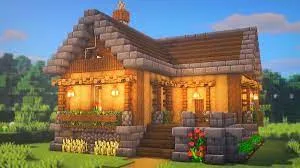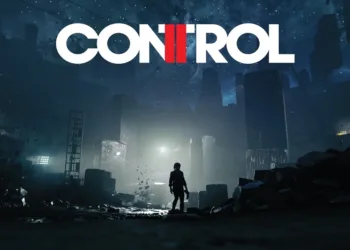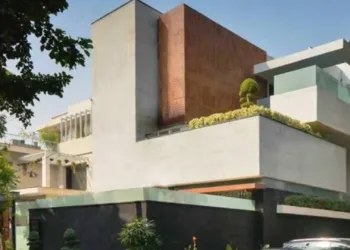Minecraft gradient generators are revolutionary tools that help builders create stunning color transitions in their constructions. These powerful online utilities automatically suggest block combinations for smooth gradients, transforming amateur builds into professional-looking masterpieces with strategic block placement and color theory.
Table of Contents
What is a Minecraft Gradient Generator?
A Minecraft gradient generator allows players to stack and place blocks based on increasing or decreasing gradient shades, creating gradual transitions of colors that help with block pairings and serve as great aesthetic assets for structures and mega-builds.
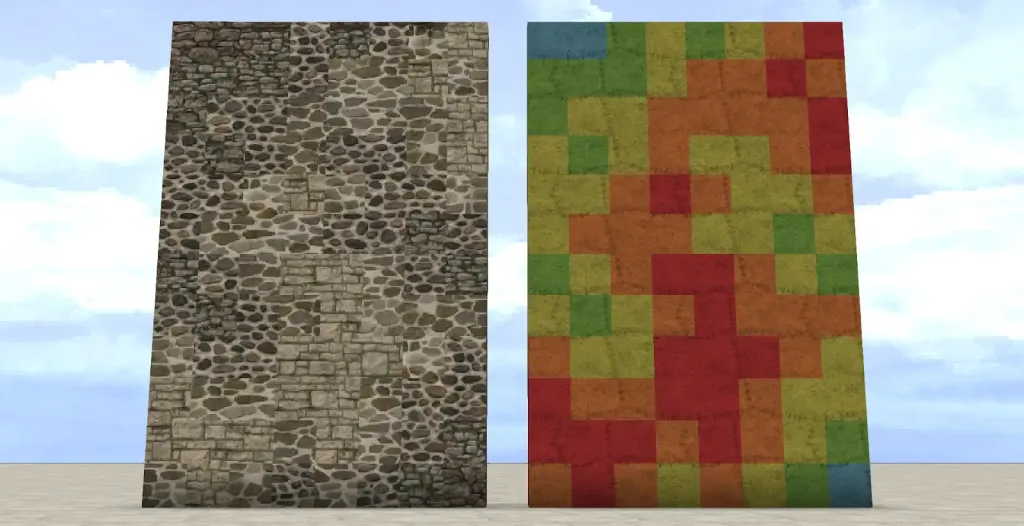
Top Minecraft Gradient Tools 2025
| Tool Name | Key Features | Best For | Access |
|---|---|---|---|
| HueBlocks | Color bar input, block presets | Large builds, walls | Free online tool |
| MinecraftGradient | Customizable length, randomness control | Detailed projects | GitHub-hosted |
| RGB Gradient Creator | Text color gradients, chat effects | Server commands | Multiple platforms |
| Block Palettes | Save/explore palettes, community sharing | Professional building | Account-based |
Source: Official Minecraft Building Community
Step-by-Step Guide: Using HueBlocks
HueBlocks is the most popular gradient generator, powered by jQuery and Python. It’s incredibly simple: enter two colors on a gradient bar and press the “Generate” button.
HueBlocks Tutorial:
- Visit HueBlocks: Navigate to the official HueBlocks website
- Select Colors: Choose your starting and ending colors using the gradient bar
- Choose Palette: Select from Jappa-nese, Programmer’s Art, or Custom Blockset
- Generate Gradient: Click the generation button to create your block sequence
- Refine Selection: Left-click blocks to temporarily hide unwanted options
- Apply in-Game: Use the suggested blocks in your Minecraft build
Advanced Gradient Techniques
Professional builders use gradients beyond simple color transitions. ConquestReforged explains that gradients create transition effects to texture walls, contrasting with random splattering approaches.
Pro Building Tips:
- Gradient Length: Adjust the number of blocks for smoother or more dramatic transitions
- Randomness Control: Add variation to prevent mechanical-looking patterns
- Block Exclusion: Filter out blocks unavailable in your game version
- Color Interpolation: Fine-tune how colors blend between endpoints
For comprehensive Minecraft building tutorials and advanced construction techniques, visit our Minecraft building guides and creative gaming section.
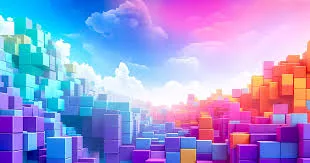
Text and Chat Gradients with RGB
RGB gradient creators enable colored text effects in multiplayer servers. You’ll need to understand the RGB color model and use specific commands like /tellraw, /title, or /team with JSON formatting.
RGB Implementation:
- Find RGB Values: Use an RGB generator to get color codes
- Command Syntax: Apply formatting through server commands
- JSON Structure: Properly format text with color transitions
- Server Compatibility: Ensure your server supports RGB text features
Building Applications and Use Cases
Gradient generators excel in various construction scenarios, from subtle wall textures to dramatic landscape features.
Popular Applications:
- Wall Gradients: Smooth color transitions across large surfaces
- Landscape Features: Natural-looking terrain and rock formations
- Roofing Systems: Professional-grade architectural details
- Decorative Elements: Accent walls and artistic installations
Choosing the Right Gradient Tool
Different generators serve different purposes. HueBlocks excels at block gradients, while RGB creators focus on text effects, and custom tools offer specialized features like randomness control and block exclusion systems.
Selection Criteria:
- Project Scale: Large builds vs. detailed work
- Customization Needs: Simple gradients vs. complex control
- Block Availability: Version compatibility and resource packs
- Sharing Requirements: Community features and palette saving
Stay updated on the latest building techniques through our Minecraft updates section and sandbox gaming guides.
Common Mistakes to Avoid
Many builders create harsh transitions or use incompatible block combinations. Gradient generators help prevent these issues by suggesting harmonious block sequences based on color theory principles.
Building Pitfalls:
- Abrupt Transitions: Jumping between dramatically different blocks
- Poor Color Theory: Ignoring complementary and analogous relationships
- Resource Pack Conflicts: Using blocks that don’t match your texture pack
- Scale Mismatch: Wrong gradient length for project size
For official Minecraft building resources and community showcases, visit Minecraft.net’s building section and explore Planet Minecraft’s gradient palettes.
Master advanced Minecraft building techniques and discover more creative tools at TechnoSports Minecraft Hub and explore our creative gaming strategies.
Frequently Asked Questions
Q1: Which gradient generator is best for beginners starting with Minecraft building?
A: HueBlocks is the ideal choice for beginners due to its simple interface – just select two colors on a gradient bar and click generate. It offers preset palettes (Jappa-nese, Programmer’s Art, Custom Blockset) and includes a helpful click-to-hide feature for unwanted blocks. The tool automatically suggests compatible Minecraft blocks based on your color choices, making it perfect for learning gradient principles without complex settings.
Q2: Can I use gradient generators for both Java and Bedrock editions of Minecraft?
A: Yes, most gradient generators work for both editions, but with some limitations. Tools like HueBlocks and MinecraftGradient suggest blocks available in both versions, though you should verify block availability in your specific edition. For RGB text gradients using commands like /tellraw, these primarily work in Java Edition multiplayer servers with plugin support. Always check the “exclude blocks” feature to filter out version-specific items before implementing your gradient design.

